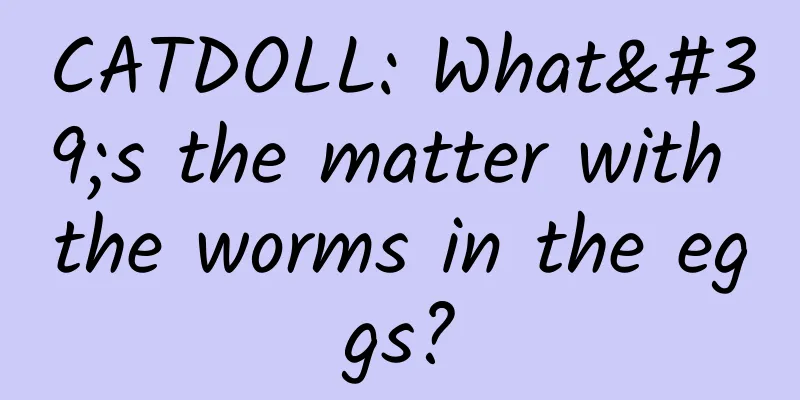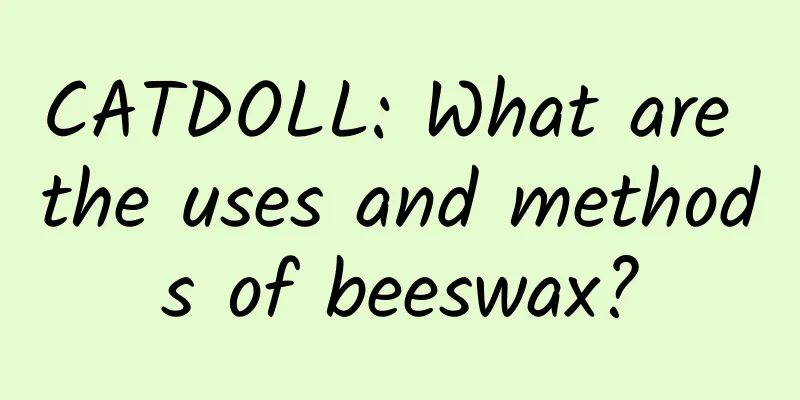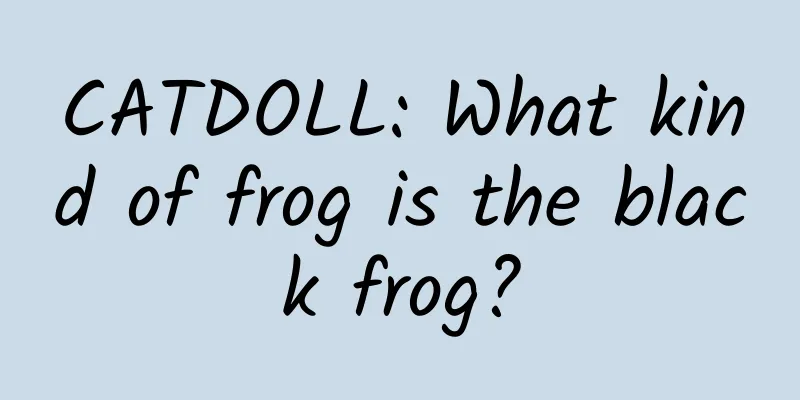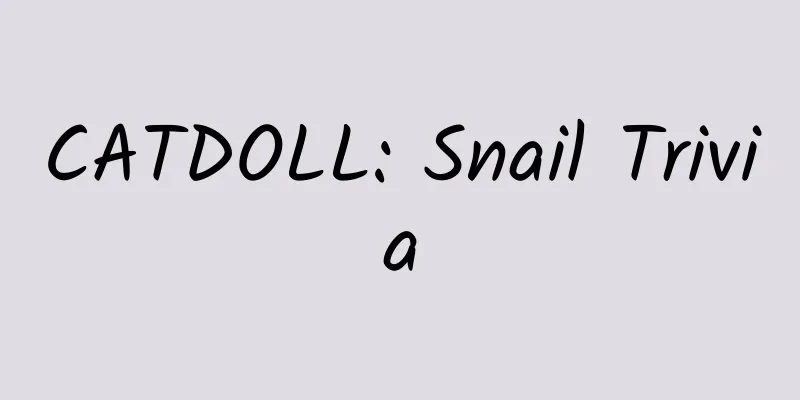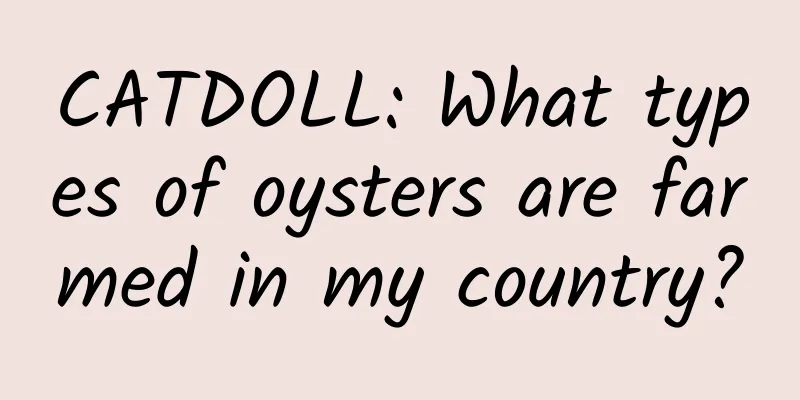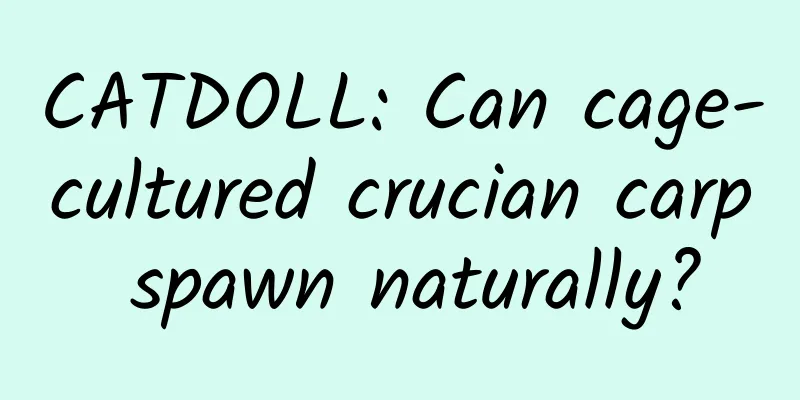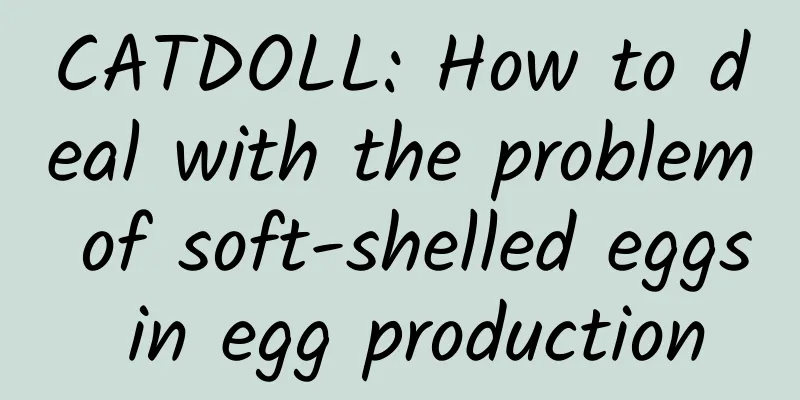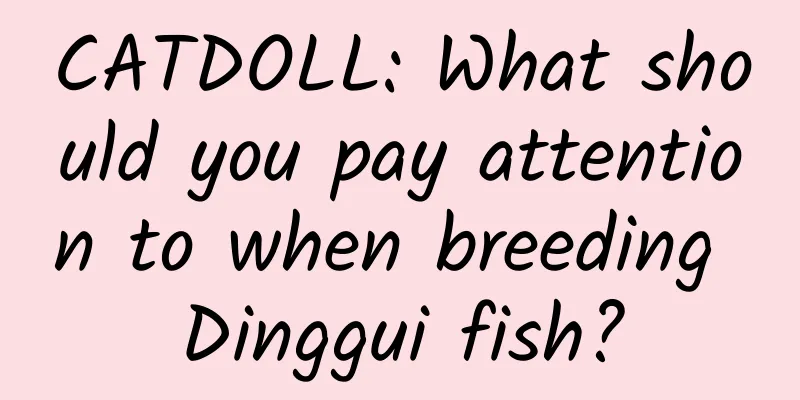CATDOLL : CATDOLL: Question: Is spreading photosynthetic bacteria effective in solving the oxygen deficiency problem of white shrimp?
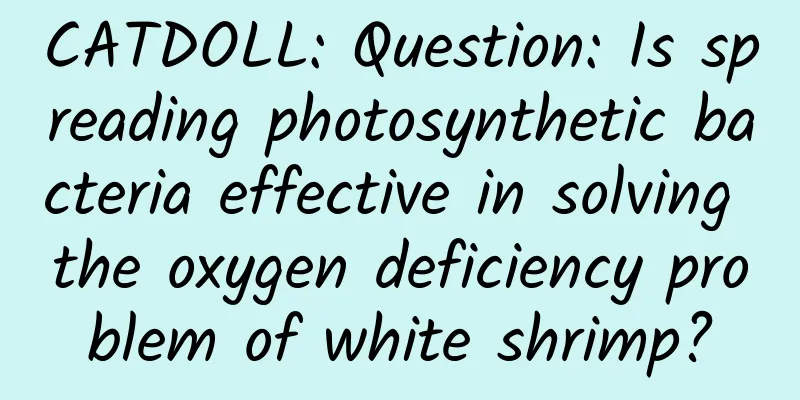
Question: Is spreading photosynthetic bacteria effective in solving the oxygen deficiency problem of white shrimp?The role of photosynthetic bacteria in aquatic products: photosynthetic bacteria are beneficial bacteria that have the special effects of promoting animal digestion and absorption, stimulating growth and development, improving immune function, and inhibiting the infiltration of various pathogens. Photosynthetic bacteria have a miraculous effect on improving water quality. Sprinkle photosynthetic bacteria into a severely polluted pond. Generally, after 3 hours, the water quality begins to turn clear. The next day, compared with the surrounding ponds without photosynthetic bacteria, the water quality is very different. You can tell at a glance. If the fish disease is very serious and dead fish float on the surface every day, after using photosynthetic bacteria, the number of dead fish floating on the surface will be significantly reduced the next day, until they disappear, forming a sharp contrast with the surrounding. The use of photosynthetic bacteria can also effectively help fish and shrimps to safely overwinter. Not only will the production not decrease in winter, but it will increase. Aquatic products using photosynthetic bacteria are brightly colored, neatly organized, and the fish meat is fresh and tender! After diluting photosynthetic bacteria 10 times, the fish and shrimp are given a medicated bath, which can make the survival rate of fish and shrimp reach more than 90%. The survival rate of slimy bacteria disease, gill rot disease, and printing disease can reach 60~100%. The survival rate of Saprolegniasis, red fin disease, and abrasion disease can reach nearly 100%. Compared with other chemical drugs, it is safer and more reliable, and has no side effects of medicated baths. The most studied and widely used microecological preparations in aquaculture are photosynthetic bacteria (pBS). Photosynthetic bacteria are the earliest prokaryotes with primitive photosynthetic systems on earth. They are the general term for bacteria that perform oxygen-free photosynthesis under anaerobic conditions. According to the Bergey's Manual of Bacterial Identification (ninth edition), they can be divided into six groups, namely, Chromocomycetes, Exothio-Rhodospirillaceae, Red Non-sulfur Bacteria, Green Sulfur Bacteria, Multicellular Green Silk Fungi and Halobacterium. At present, the more serious indicators of aquaculture water pollution are excessive ammonia nitrogen and nitrite content, inappropriate pH value, excessive chemical oxygen demand (COD), and low dissolved oxygen content. In aquaculture systems, especially high-density aquaculture systems, the deposition of organic pollutants such as leftover bait, feces, and animal and plant carcasses is large, and there are too many external drug residues and exogenous pollutants. These organic substances produce a large amount of harmful substances such as ammonia nitrogen, nitrite, hydrogen sulfide, etc. under the decomposition of anaerobic microorganisms, which directly harm aquatic animals. Mild pollution can lead to a series of problems such as discomfort, slow growth, and increased feed coefficient in farmed animals; severe pollution can lead to hypoxia and death of farmed animals, and even cause diseases. The traditional solution to the above problems is to take mechanical or chemical oxygenation and large water changes, which will increase the cost of breeding and increase the water demand, and cannot fundamentally solve the problem. Photosynthetic bacteria have a variety of different physiological functions, such as nitrogen fixation, carbon fixation, sulfide oxidation, and promotion of full decomposition of organic matter. They can absorb and utilize toxic substances such as ammonia nitrogen and nitrite decomposed by anaerobic bacteria, and absorb carbon dioxide and hydrogen sulfide, etc., to promote the circulation of organic matter and achieve the purpose of purifying water quality. Photosynthetic bacteria do not consume oxygen or release oxygen during photosynthesis, but absorb oxygen-consuming factors in the water body, such as organic matter and hydrogen sulfide, so that aerobic microorganisms become weak due to lack of nutrition, reduce oxygen consumption and directly play an oxygenation role. In addition, through the above effects, the transparency of the water body can be improved, the photosynthesis of phytoplankton can be promoted, the amount of oxygen released can be increased, and the oxygenation effect can also be indirectly played. Therefore, there is no basis for the claim that sprinkling photosynthetic bacteria in shrimp ponds during the night when there is a lack of oxygen can increase oxygen. The photosynthesis of photosynthetic bacteria does not produce oxygen but hydrogen. In the absence of oxygen, using photosynthetic bacteria will not only fail to alleviate the hypoxia, but may make the hypoxia more serious. Photosynthetic bacteria do not produce oxygen, even in the presence of light. Instead, in the absence of light, they consume a small amount of oxygen. It is best to turn on the aerator directly What is the reason for the death of white shrimp after molting?In shrimp farming, shrimp diseases have always been the most troublesome problem for farmers. Shrimp farming is a risky investment. In shrimp cultivation, the risk caused by diseases accounts for a considerable proportion of investment risks. Since the adaptability of white shrimp to the breeding environment and the resistance to disease invasion are stronger than other farmed shrimps, the introduction of new breeding varieties is an inevitable trend in the development of coastal aquaculture in our region. However, as a biological population in nature, it is inevitable that diseases will occur due to the invasion of pathogens when the environment changes suddenly and the way of survival changes. White spot syndrome of white shrimp is also one of the common diseases of white shrimp. The main symptoms are: flower-like spots (commonly plum-shaped spots) can be seen on the carapace under a microscope. In severe cases, they are visible to the naked eye, the hepatopancreas is enlarged, and cell mutations can be found under microscopic examination, often accompanied by active rod-shaped bacterial infection. The vitality of the diseased shrimp decreases, the food intake decreases, and ciliates are often attached to the body surface. The mortality rate of this disease is not very high and can be controlled after drug treatment. Yellow gill disease, the gills turn yellow, erosion in severe cases, microscopic examination shows enlarged gill filaments, weak gill breathing, and virus inclusion bodies, which can cause shrimp death in severe cases. This disease is generally caused by heavy rain, high temperature, and deterioration of water quality. It can be cured by treating the water with iodine or copper complex drugs and feeding for 3 to 5 days. In summary, for the artificial breeding of white shrimp, as long as we understand its ecology and living habits and create a good breeding environment, the breeding prospects are still very optimistic. In shrimp farming, shrimp diseases have always been the most troublesome problem for farmers. Shrimp farming is a risky investment. In shrimp cultivation, the risk caused by diseases accounts for a considerable proportion of the investment risk. Since the adaptability of white shrimp to the breeding environment and the resistance to disease invasion are stronger than other farmed shrimps, the introduction of new breeding varieties is an inevitable trend in the development of coastal aquaculture in our region. However, as a biological population in nature, it is inevitable that it will be attacked by pathogens and develop diseases when the environment changes suddenly and the way of survival changes. Therefore, farmers must not take chances and ignore the prevention and treatment of diseases. According to relevant data reports and the breeding practice in the past two years, Taura virus (TSV) will cause great harm to the breeding of white shrimp. Its common pathological symptoms are: the biggest impact on young shrimp weighing 0.1g to 5g and stocked for 2 to 4 weeks. This type of virus is usually a highly pathogenic virus, with a cumulative mortality rate of 5% to 95%. It often appears during the period of large-scale molting of shrimp. The infection of young shrimp is in the subacute to acute stage. The shrimp body is very weak, with soft shells, no food in the digestive tract (empty stomach, jejunum), and expanded pigment on the surface. These symptoms are typical in the stage just after molting or after molting. Shrimp die in large numbers during the molting process, and only a very small number of acutely infected people survive. At present, there is no effective method to inhibit this disease. It is generally believed that it is caused by the virus carried by the seedlings themselves. As far as the author knows, Taura virus occurred in 200 high-level ponds in Suixi, Guangdong and more than 400 acres of semi-intensive ponds in Hepu, Guangxi in 1999, resulting in total production and heavy losses. White spot syndrome of Penaeus vannamei is also one of the common diseases of Penaeus vannamei. The main symptoms are: flower-like spots (commonly plum-shaped spots) can be seen on the carapace under a microscope. In severe cases, they are visible to the naked eye. The hepatopancreas is enlarged. Cell mutations can be found under microscopy, often accompanied by active rod-shaped bacterial infection. The vitality of the diseased shrimp decreases, the food intake decreases, and ciliates are often attached to the body surface. The mortality rate of this disease is not very high and can be controlled after drug treatment. Yellow gill disease, the gills turn yellow, and erosion occurs in severe cases. Microscopic examination shows that the gill filaments are swollen, the gills have weak breathing, and there are virus inclusion bodies. In severe cases, it can cause the death of shrimp. This disease is generally caused by heavy rain, high temperature, and deterioration of water quality. Iodine-containing or complex copper-containing drugs can be used to treat the water quality. Mixing the medicine and feeding for 3 to 5 days can cure it. In summary, for the artificial breeding of Penaeus vannamei, as long as we understand its ecology, living habits, and create a good breeding environment, the breeding prospects are still very optimistic. Prevention and treatment of the disease of the foot of the South American white shrimp fry: The disease of the foot is also called the disease of sticky dirt, which occurs from the nauplii to the shrimp stage. When the disease is mildly sticky, the zoeae are full or half full, have feces, and are active. The juveniles can still metamorphose and develop normally. When the disease is seriously sticky. All the appendages, abdomen and cephalothorax of the juveniles are sticky with a lot of dirt. The naked eye can clearly see that the appendages extend outward and the paddling is weak. Microscopic examination shows that the mouthparts have been completely blocked. The zoeae do not drag feces, and the mysid shrimp does not bounce. They are basically in an empty stomach state. The juveniles have poor vitality and slowly sink to the bottom of the pond. The mortality rate is as high as more than 90%. At this time, the application of pesticides is useless. Causes: 1. The juveniles have poor physical fitness and delayed metamorphosis. 2. Excessive use of unicellular algae in the zoeae stage causes the death of some algae; or improper feeding of artificial bait causes water quality deterioration. 3. The water quality of the nursery pond is very viscous, which makes the soluble substances and bait in the pond clump and the pond water becomes clear. Treatment methods: 1. Spray Hujiaojing 1.5ppm and Baiyanjing 1ppm throughout the pool. 2. Spray Baiyi 0.5ppm throughout the pool. 3. Spray formaldehyde 8-10ppm and Hujiaojing 3ppm throughout the pool. Shrimp will molt more than 40 times in their lifetime, and at least 24-30 times during the breeding process. Molting is a necessary process for shrimp growth. It is also the most dangerous process, which is accompanied by hypoxia (the oxygen demand for shrimp breathing during molting is at least 3-6 times that of normal activities), poisoning (shrimp molting is a highly energy-consuming process, and they may jump to seriously polluted areas when struggling violently), enemies (fish and shrimp will attack and eat shrimp that have no physical strength and soft bodies during molting), and bacterial infection (the intense exercise during the molting process often causes damage, and it is inevitable that there will be wounds or the body will be eroded by bacteria). These are the reasons for the death of shrimp molting. Shrimp farming has always been a problem for farmers. The risk caused by diseases is very high, but shrimp farming is also an inevitable trend. So how to reduce the losses caused by diseases? First of all, we should focus on prevention. I recommend a preventive health care product with a low mortality rate - Changtai Unable to adapt to the local climate and climate. . . . |
<<: CATDOLL: Who knows the recent price of dog food in Shenyang?
>>: CATDOLL: How much capital is needed to start breeding duckbill fish?
Recommend
CATDOLL: What is the growth process of silkworms?
1. How do silkworms grow? The growth process of s...
CATDOLL: Development and prospects of Chongqing cattle breeding industry
Overview of Chongqing Cattle Breeding Industry Ch...
CATDOLL: Jinluo Pig Farm: Exploring the Leading Enterprise in China's Pig Farming Industry
Background of Jinluo Pig Farm Jinluo Pig Farm, on...
CATDOLL: Which fish are special aquatic products? What types of aquatic fish are there?
1. Which fish are special aquatic products? Speci...
CATDOLL: Is eel hot or cold? Is eel a fish?
Is eel hot or cold? Is eel a fish? Eel is a delic...
CATDOLL: What freshwater fish are good-looking?
1. What freshwater fish is good-looking? Dragon E...
CATDOLL: What do scorpions mainly eat? What are their natural enemies?
【1】What do scorpions mainly eat? Scorpions love a...
What medicine is better for deworming kittens?
1. Choice of deworming drugs for kittens For dewo...
CATDOLL: There are several steps in silkworm breeding to make silk.
1. What were the steps for silk reeling used by t...
CATDOLL: The 3 Nemesis of Mosquitoes (The 3 Nemesis of Mosquitoes)
1. The Nemesis of Mosquitoes? The three most fear...
CATDOLL: What are the water temperature requirements for raising tropical fish?
We all know that tropical fish originally live in...
CATDOLL: What kind of fish is Northeast Songhua fish?
What kind of fish is Northeast Songhua fish North...
CATDOLL: Where is China's kelp mainly produced?
1. Where is China's kelp mainly produced? The...
CATDOLL:How many species of turtles are there?
There are so many species of turtles in the world...
CATDOLL: What do flies eat to survive?
1. Do flies prefer sweet or salty food? Because f...
